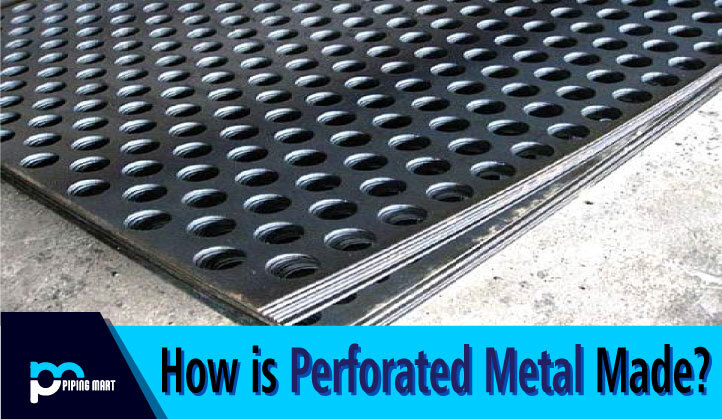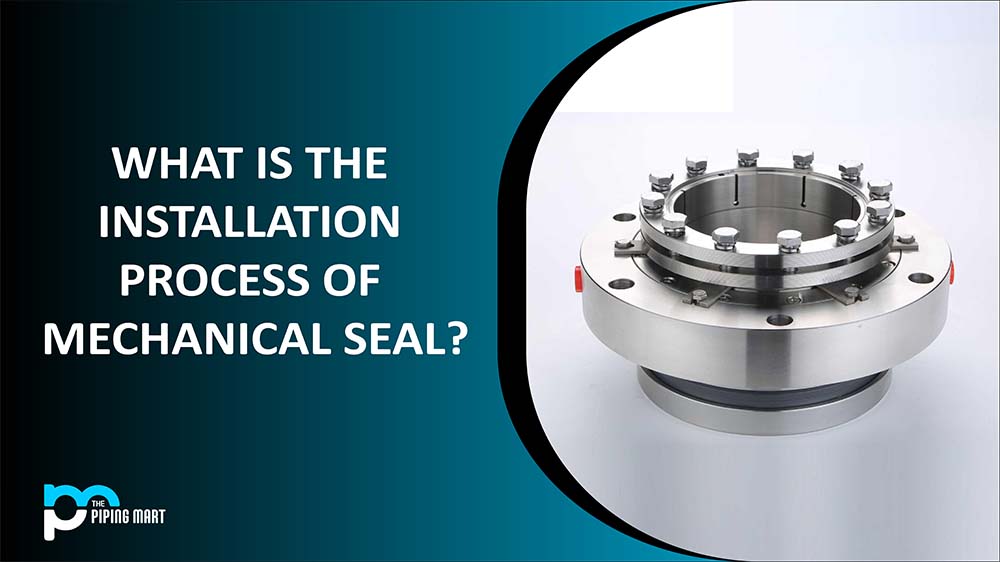Perforated metal is a kind of sheet metal that has had a pattern of holes drilled or stamped into it by a machine. It’s also called perforated board, perforated plate, or perforated screen, and it’s made out of stainless steel, cold-rolled steel, aluminium, and other materials.
The method of manually or mechanically stamping or punching a pattern of holes, slots, or decorative shapes is known as perforation. The method has been in use for over 150 years. Metal displays were used as an effective way of sorting coal in the late 1800s. The first perforators, on the other hand, were labourers who manually drilled individual holes into the metal sheet.
This approach proved impractical and unreliable, prompting the introduction of new methods such as the use of a set of needles arranged in the desired hole template. Machines and technologies such as rotary pinned perforation rollers, die and punch presses, and laser perforations are used in modern methods.
The perforating metal production process begins with sheet metal. Sheet metal is a small, flat metal that can be sliced and twisted into a variety of shapes. Sheet metal thickness is measured in gauges in North America; the higher the gauge number, the thinner the metal. Sheet metal thickness is measured in millimeters in the rest of the country.
A rotary pinned perforation roller is the most common way of perforating metal. This is a wide cylinder with long, pointing needles on the outside, which are used to poke holes in metal. The perforation roller rotates as the sheet metal passes through, poking holes in the moving sheet.
The roller’s needles, which may create a wide range of hole sizes, are often heated to melt the metal that forms a reinforced ring around the perforation at the same time. Perforating by “die and punch” is another common technique. During this operation, a needle-punched sheet is repeatedly pressed against the passing metal, poking holes in the sheet.
The leftover punching bits are clipped out, and the surface is smoothed. The die and punch method is very effective, and it can easily perforate a broadsheet surface. Laser perforation is the most modern approach possible. This is the most complicated and detailed method, but it is also the most costly. Laser perforation achieves comparable effects to rotary pinned perforation with hot needles, but with better accuracy and power over hole sizes and patterns.
Perforated metals are very widely known in modern architecture because they allow for unique and creative designs. They still have a variety of functional advantages, such as perforated metal sheets are commonly used as sunblock screens in rooms that require ventilation and provide excellent airflow and shade. Noise-reducing walls and roof structures also use perforated metal sheets. They will reduce the negative impact of noise on workers’ wellbeing in noisy conditions. Panels for balconies, stairways, and balustrade screens are made of perforated metal tubes.

Pipingmart is B2B portal specializes in industrial, metal and piping products. Also, share latest information and news related to products, materials and different types grades to help business dealing in this industry.




